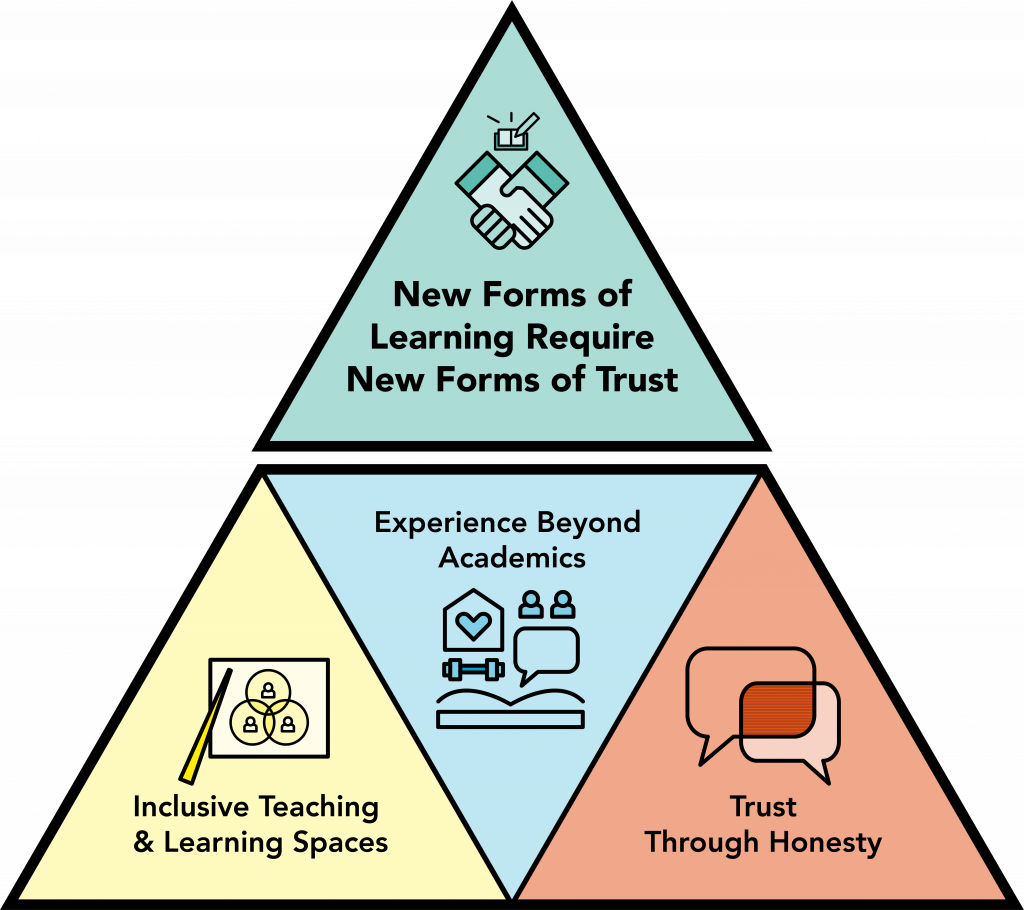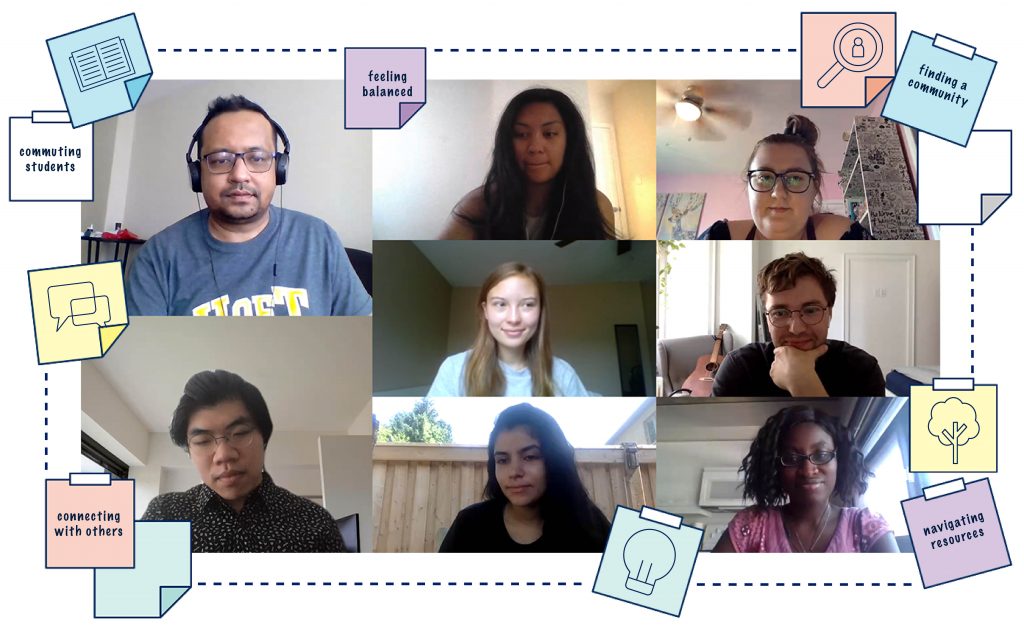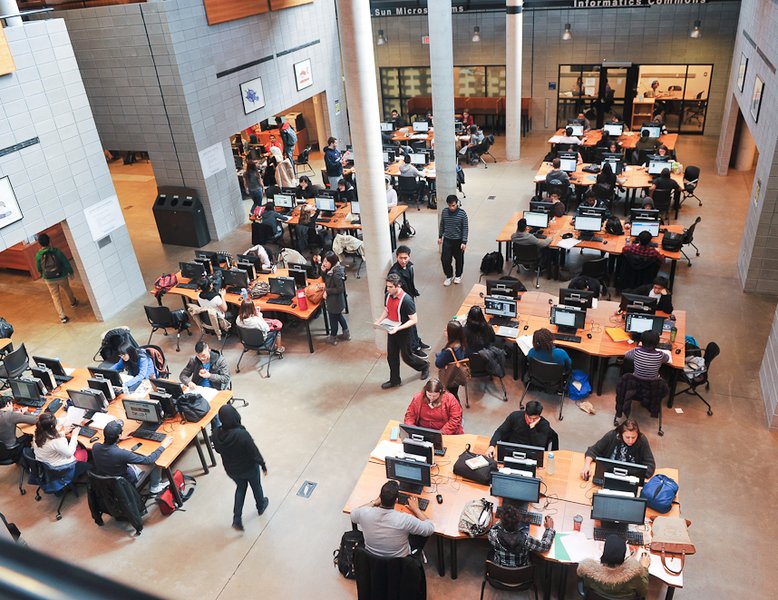
In times of uncertainty, navigating an unfamiliar space can feel like an impossible task to achieve. Last March, we were in this very spot where we didn’t know what our work at the Innovation Hub would look like. But what we did know is that whatever it may be, it would be immensely valuable in these times. By embracing change we’ve been exploring new ways to support the UofT community and ensuring we continue to drive our work by students for students through our design research projects. We’re so excited to share that by embracing change, new channels of our work have been inspired to connect individuals and build community in dynamic ways.






